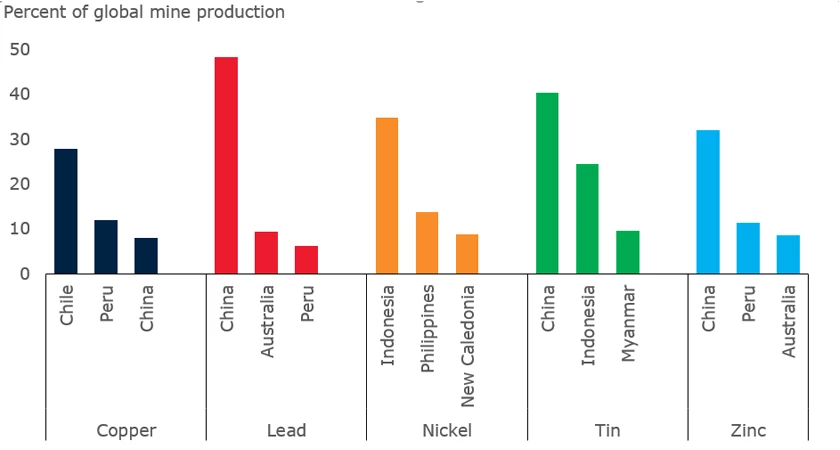This blog is part of a series using data from World Development Indicators to explore progress towards the Sustainable Development Goals and their associated targets. The new Atlas of Sustainable Development Goals 2017, published in April 2017, and the SDG Dashboard provide in-depth analyses of all 17 goals.
Sustainable Development Goal 3—Good health and well-being—focuses its first two targets on the health of mothers, babies and young children. Target 3.1 aims to reduce the global maternal mortality ratio to fewer than 70 per 100,000 live births, while target 3.2 aims for neonatal mortality to be fewer than 12 per 1,000 live births, and under-5 mortality to be fewer than 25 per 1,000 births. And target 3.7 seeks to provide access to sexual and reproductive health to all, in order to reduce unwanted pregnancies and boost health during pregnancy. The World Bank’s World Development Indicators database includes data that allow us to track progress made by countries towards these 2030 goals.
Four regions have reached the 2030 targets for maternal and child mortality already
In 2015, the global number of women dying during pregnancy, child birth and soon after (303,000) was reduced by 43% from 25 years ago, (532,000) – an impressive drop given the rise over that period in both the female population and the number of babies being born. But both Sub-Saharan Africa (547 deaths per 100,000 live births) and South Asia (182) have a way to go to reduce the deaths of mothers to fewer than 70 deaths per 100,000 live births (target 3.1).
Globally, nearly half of under-five deaths occur during the first month of life (neonatal mortality). Despite downward trends across the globe, progress in both Sub-Saharan Africa and South Asia needs to accelerate to reduce the child mortality rate in those regions to meet the SDG targets.
Skilled staff present at birth correlate with fewer deaths
Nearly half of all births in Sub-Saharan Africa and a quarter of the births in South Asia were not attended by skilled health staff around 2013, far more than the 10 percent or fewer elsewhere across the globe. Skilled health staff who are trained to give the necessary care for women during pregnancy, labor and the postpartum period, as well as to care for newborns, will reduce the incidence of both maternal deaths and child deaths.
Family planning is not always available
Fewer pregnancies would reduce the number of maternal deaths, but more than 50 percent of married women in low-income countries report that their demand for family planning is not satisfied by modern contraceptive methods. In Sub-Saharan Africa, for example, 54% of married women who are in demand for family planning are not using modern contraceptives, which lead to larger number of pregnancies.
Adolescent pregnancy is high in Sub-Saharan Africa
Women who give birth at an early age are likely to bear more children and are at greater risk of death or serious complications from pregnancy. The adolescent fertility rate has been declining worldwide but remains high in Sub-Saharan Africa, at 101 births per 1,000 women ages 15-19.





Join the Conversation